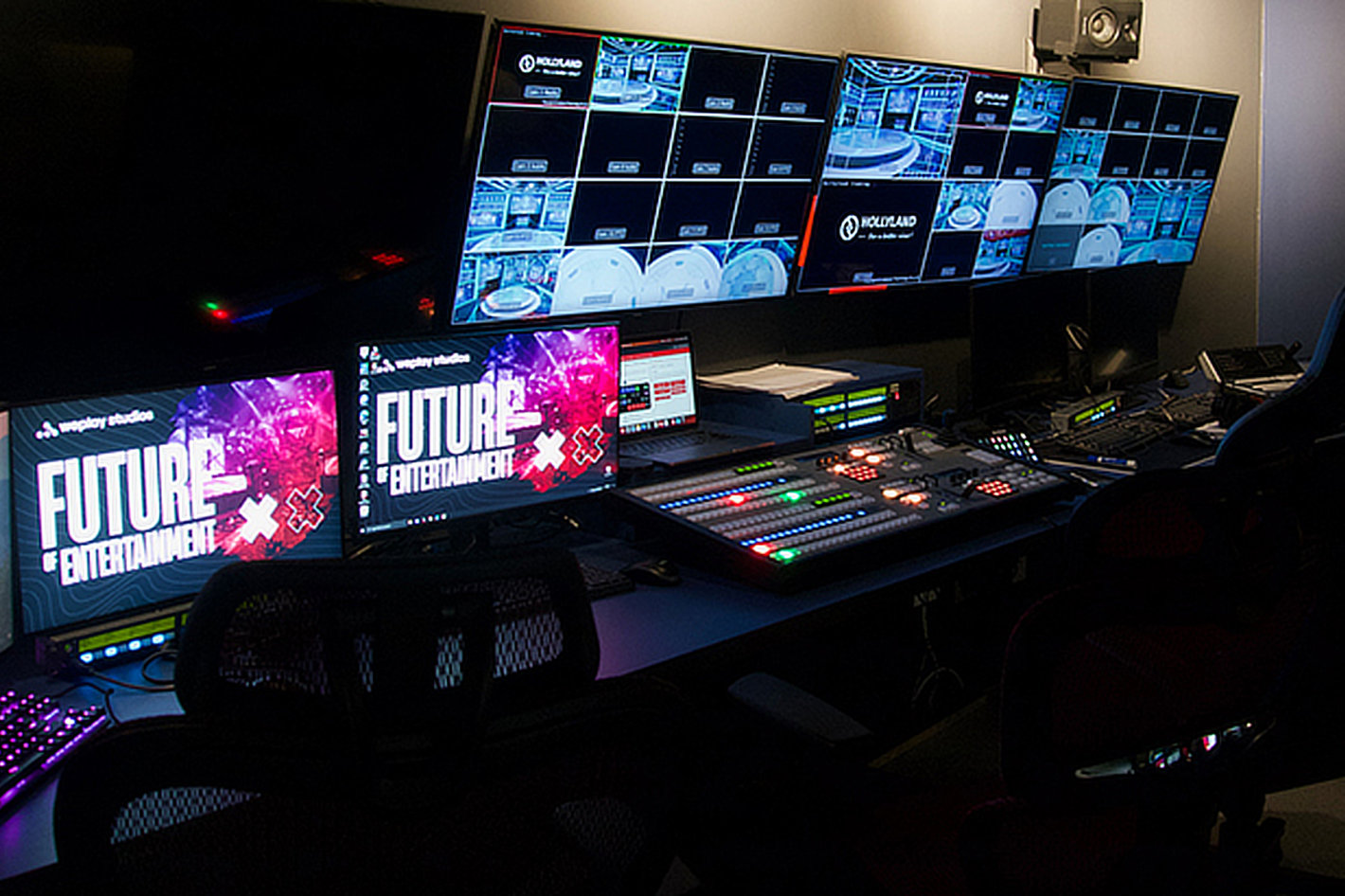Investigating the Benefits and Disadvantages of Fixed Framework and Portable Display Screensets for Every Viewing Experience
Investigating the Benefits and Disadvantages of Fixed Framework and Portable Display Screensets for Every Viewing Experience
Blog Article
As it pertains to experiencing films, presentations, or video games, the kind of projection display utilized can significantly influence the viewing encounter. Two common choices are fixed frame displays and portable projecting displays. Each type has its unique collection of advantages and drawbacks that can affect which option is best for a specific situation. Comprehending these differences can help people and organizations make knowledgeable decisions about their watching arrangements.
Stationary projecting displays are designed to be constantly mounted in a particular location. One of the key benefits of fixed frame screens is their capability to offer a flat, flat area for projecting images. This evenness guarantees that the image quality is crisp and clear, which is especially important for high-definition content. Additionally, stationary displays often feature with a dark frame that improves differentiation and makes the displayed picture stand out more. This type of screen is ideal for residential theaters or specific display spaces where the configuration will not alter often.
Conversely, mobile projecting screens offer flexibility and convenience. These displays can be readily assembled and dismantled, making them perfect for occasions that demand mobility, such as conferences, classrooms, or al fresco film screenings. Mobile displays come in multiple sizes and styles, including tripod and collapsible options, allowing users to select one that fits their requirements. The capability to move these displays renders them a favored choice for people who need to present in different locations or for those who do not have a permanent area for a stationary display.
Nonetheless, there are some limitations to each kinds of screens. Fixed frame displays can be more costly and necessitate expert setup, which may not be feasible for everyone. Additionally, after mounted, they cannot be relocated easily, restricting their use to a single place. On the flip side, mobile displays may not offer the same level of image quality as fixed frame screens. They can occasionally have creases or bends that impact the display, especially go now if they are not set up properly. This can be a worry for those who prioritize image clarity over ease of use.
An additional consideration to take into account is the space accessible for the display. Stationary displays require a specific space with enough surface space and proper illumination conditions to enhance the viewing experience. This can be a limitation for those residing in compact homes or apartments. Mobile displays, on the other hand, can be employed in various environments, from spacious auditoriums to small living rooms. This versatility renders them a sensible option for many individuals, particularly those who may not have a fixed setup.
In conclusion, each stationary and mobile projecting screens have their distinct advantages and disadvantages. Stationary screens excel in offering superior images and a polished look, making them suitable for dedicated watching areas. Conversely, portable displays offer versatility and convenience, making them ideal for mobile presentations and occasions. By weighing the advantages and drawbacks of both kind, people and entities can choose the projection display that most meets their specific needs and enhances their viewing encounter.